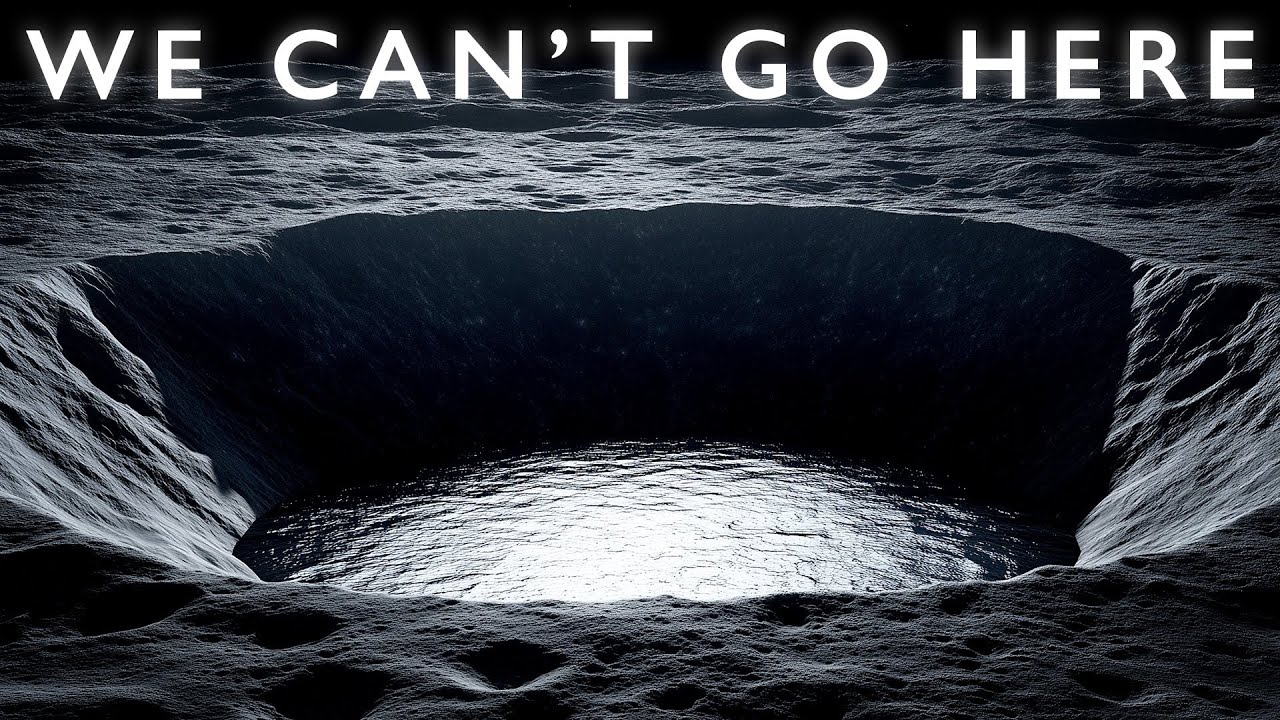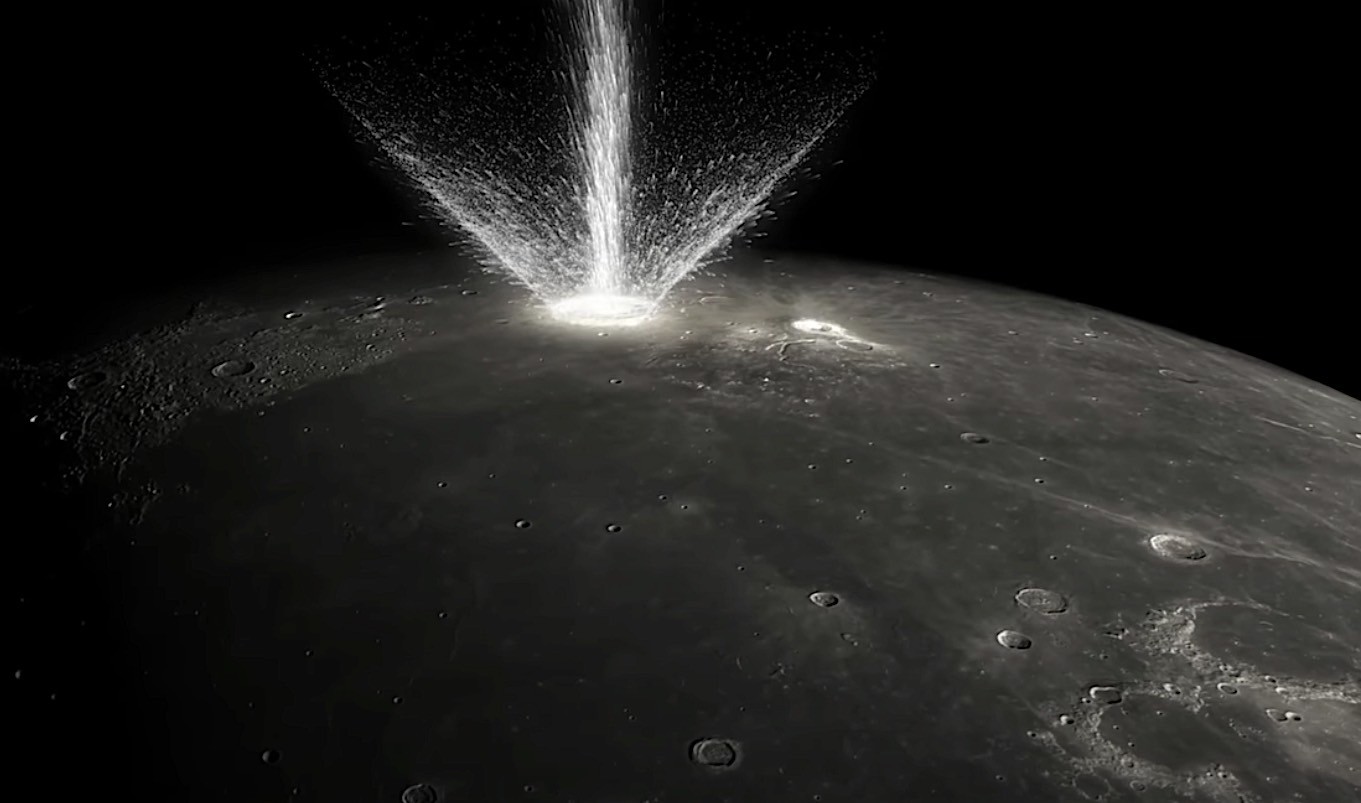The Mystery of the Most Dangerous Place on the Moon

The Moon has long been an endless source of inspiration for mankind, appearing prominently in the night sky with its mysterious beauty, large and close enough for us to admire its details with the naked eye. It has been more than 5 decades since humans set foot on the Moon, but there are still many mysteries about it that have not been discovered. Exploring outer space has always been a difficult and dangerous task.
Although the Moon looks very different from Earth, one thing that makes scientists particularly excited when thinking about the possibility of future settlement is the increasingly clear presence of water on the Moon. However, the water here is full of mysteries, not appearing in the places we expect, and sometimes there seems to be no reason for it to exist. Solving the mystery of water on the Moon is not only a scientific goal but also brings great benefits, because water is the key to opening the door to exploring the solar system.
So where is the water on the Moon? How do we know it’s there? And how far have humans come in overcoming the enormous challenges of mining it on the Moon? Nations around the world have been working tirelessly to find out. From early missions like the Soviet Union’s Luna 24 in 1976, to modern probes like India’s Chandrayaan-1 and NASA’s LCROSS, a series of discoveries have revealed that water on the Moon exists not only as ice in the permanently dark pits at the South Pole, but also as scattered patches across the regolith.
Today, an estimated 600 billion kilograms of water ice exist on the Moon – equivalent to the weight of nearly 462 million cars. This water is not only vital to the survival of future explorers, but could also be a stepping stone to producing rocket fuel on the Moon, significantly reducing the cost of space missions. With constant technological advances, nations and private companies are racing to exploit the potential resources on the Moon, including Helium-3 – a rare element that is expected to revolutionize the clean energy industry in the future.

The presence of water, along with other resources on the Moon, is making this place an attractive target for space conquest ambitions. Is the ultimate goal to turn humanity into an interplanetary species or to exploit the profits from space? Time will tell, but it is clear that the Moon is becoming an increasingly strategic destination in the journey of space exploration.
On the Moon, mining water ice and other resources from the poles presents a number of major challenges, one of which is electricity. Due to the Moon’s low tilt, the solar wind – which consists mainly of ions and electrons – often blows across the poles and leeward regions, especially impact craters. Here, electrons – which are up to 1,000 times lighter than ions – quickly travel down the walls and bottoms of craters, leaving these areas negatively charged. Meanwhile, positively charged ions are pushed into the electric fields created by the difference in charge.
This causes a separation between ions and electrons, which is particularly pronounced in the dark regions where the solar wind hits. Voltages here can reach hundreds of thousands of volts, posing a deadly danger to explorers. Even if the poles are avoided, the electricity problem persists, especially when combined with regolith – the fine, sharp dust on the lunar surface. Without a protective magnetic field, the solar wind comes into direct contact with the surface, causing the regolith dust to become statically charged. During the Apollo missions, regolith stuck to everything due to its static charge, damaging suits and equipment, and even causing health problems such as red eyes and coughing.

In particular, Apollo-era spacesuits were made of woven Teflon fibers, which absorbed regolith dust and even increased the electrostatic effect, making the astronaut a bridge between the negatively charged surface and the positively charged solar wind. An experiment showed that Teflon coated with regolith dust was prone to arcing. This raises an urgent need for the development of new spacesuits with anti-static properties, while also being able to withstand extreme temperatures (-247°C) while still protecting the user.
NASA and many organizations are researching solutions. A team at Washington State University uses liquid nitrogen to remove regolith dust, helping to keep lunar bases clean. In addition, NASA is developing “Electrodynamic Dust Shield” technology, which uses electric currents to remove dust. A Norwegian company, NTENTION, is also developing human-machine interface (HMI) technology that can be integrated into spacesuits, allowing remote control of equipment, ensuring the safety of explorers.
Despite progress, finding water ice on the Moon remains a major challenge. Findings from the LRO orbiter and other missions, such as Chandrayaan-3, have shown that water is not always clearly present at the poles, where water ice is expected to be. The big question remains: Where is the water? Determining the exact location of the water is a crucial step before humans can build sustainable bases on the Moon.








